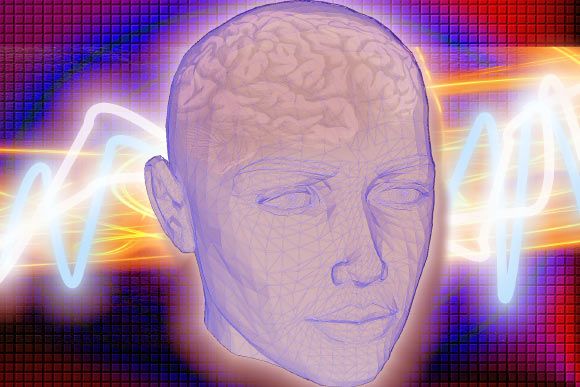The following is a transcript of the video
Alex Appolonia: This is almost half a million gallons of water being blasted a hundred feet into the air.
The most impressive part? It was all done in just 60 seconds.
NASA created the massive fountain as part of a test for its Space Launch System, scheduled to launch for the first time in 2020.








